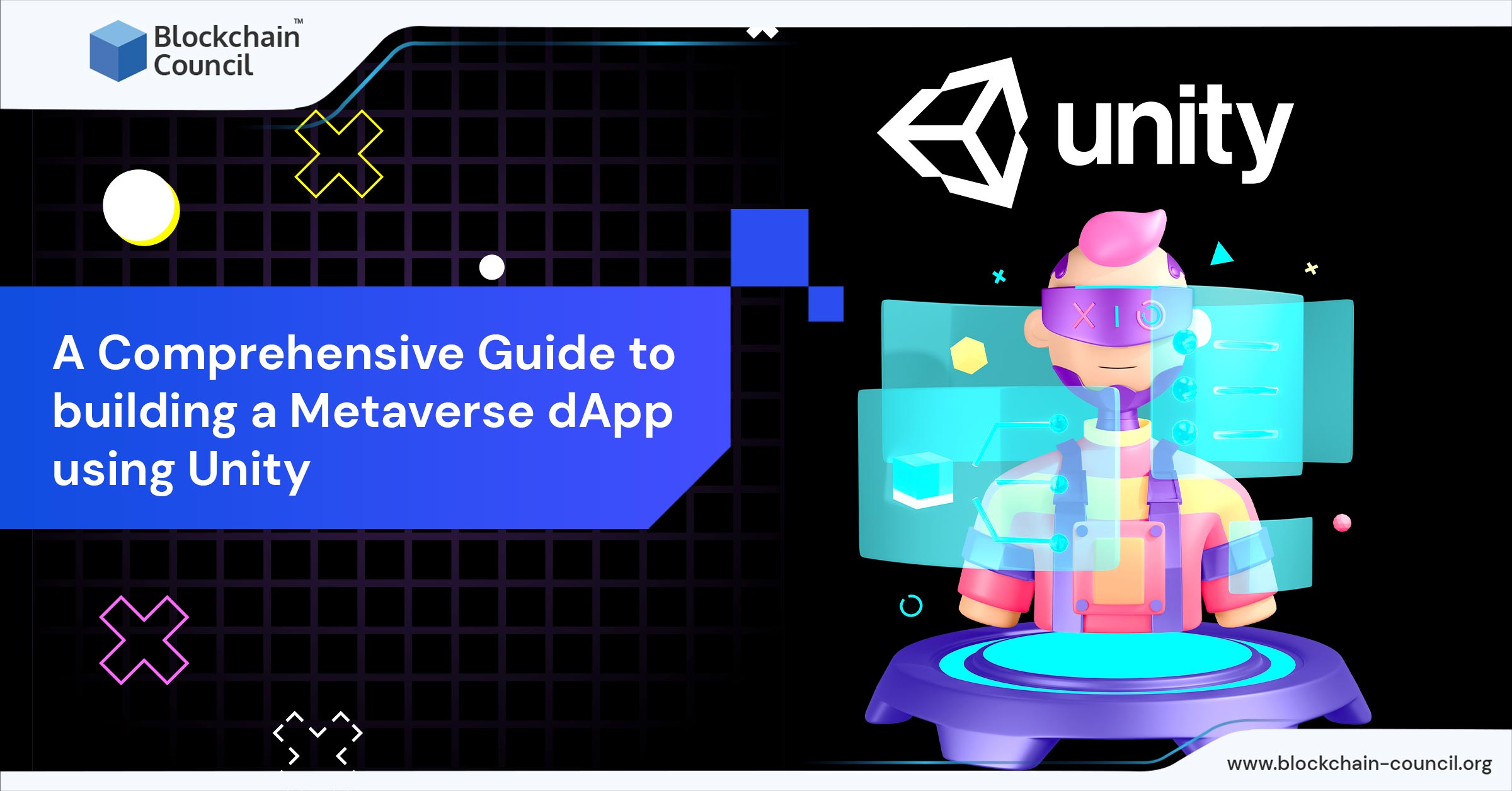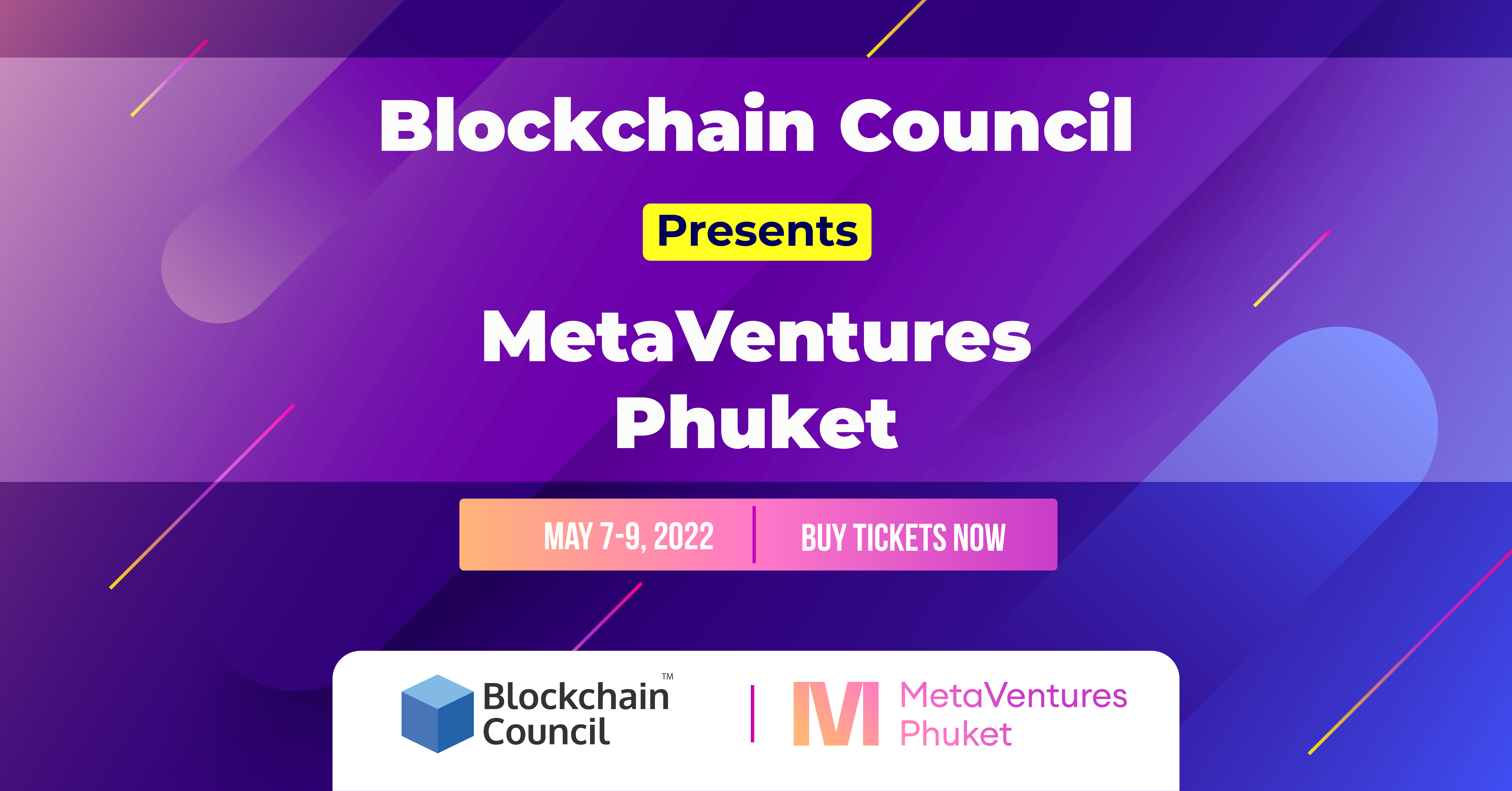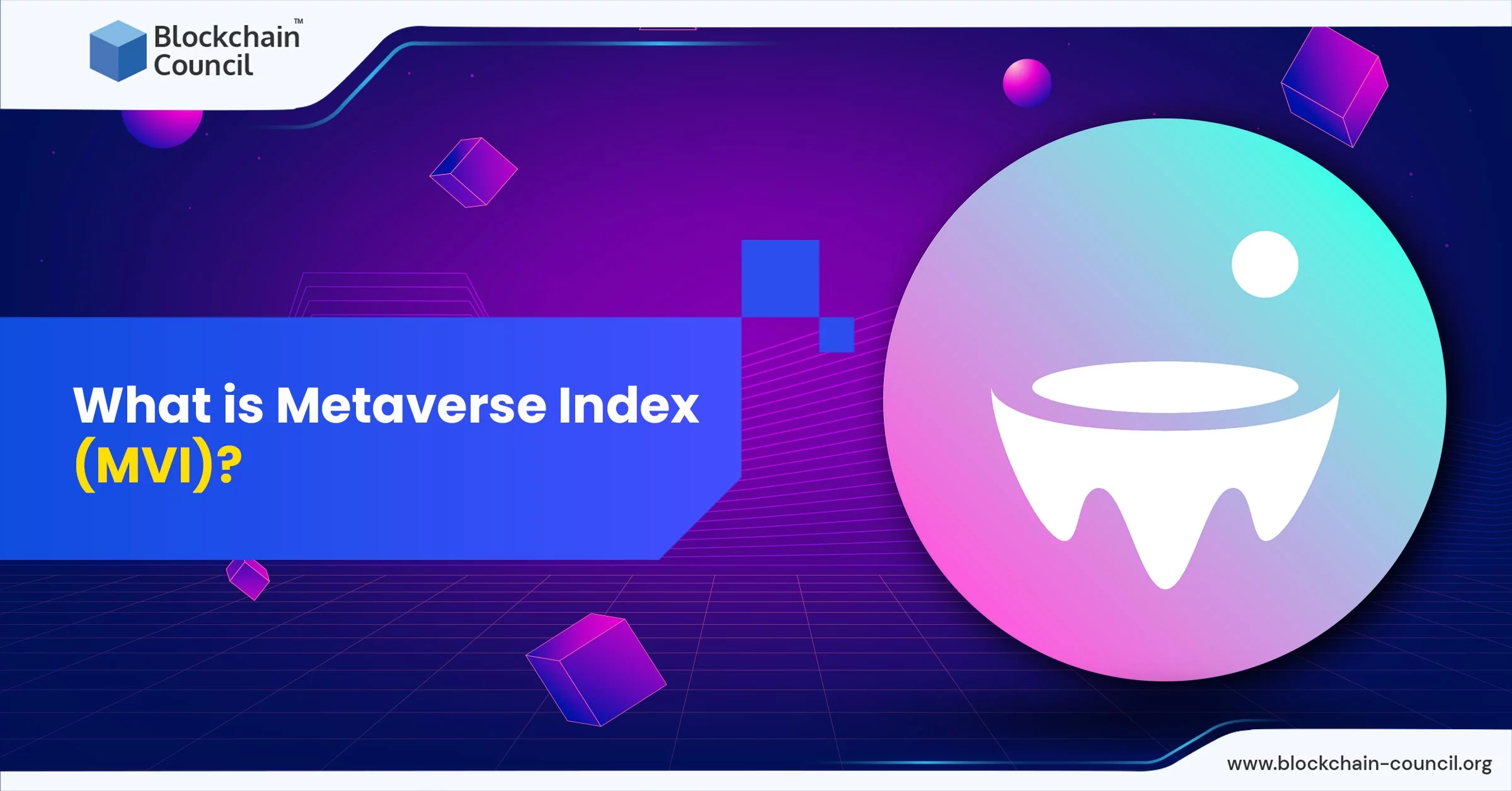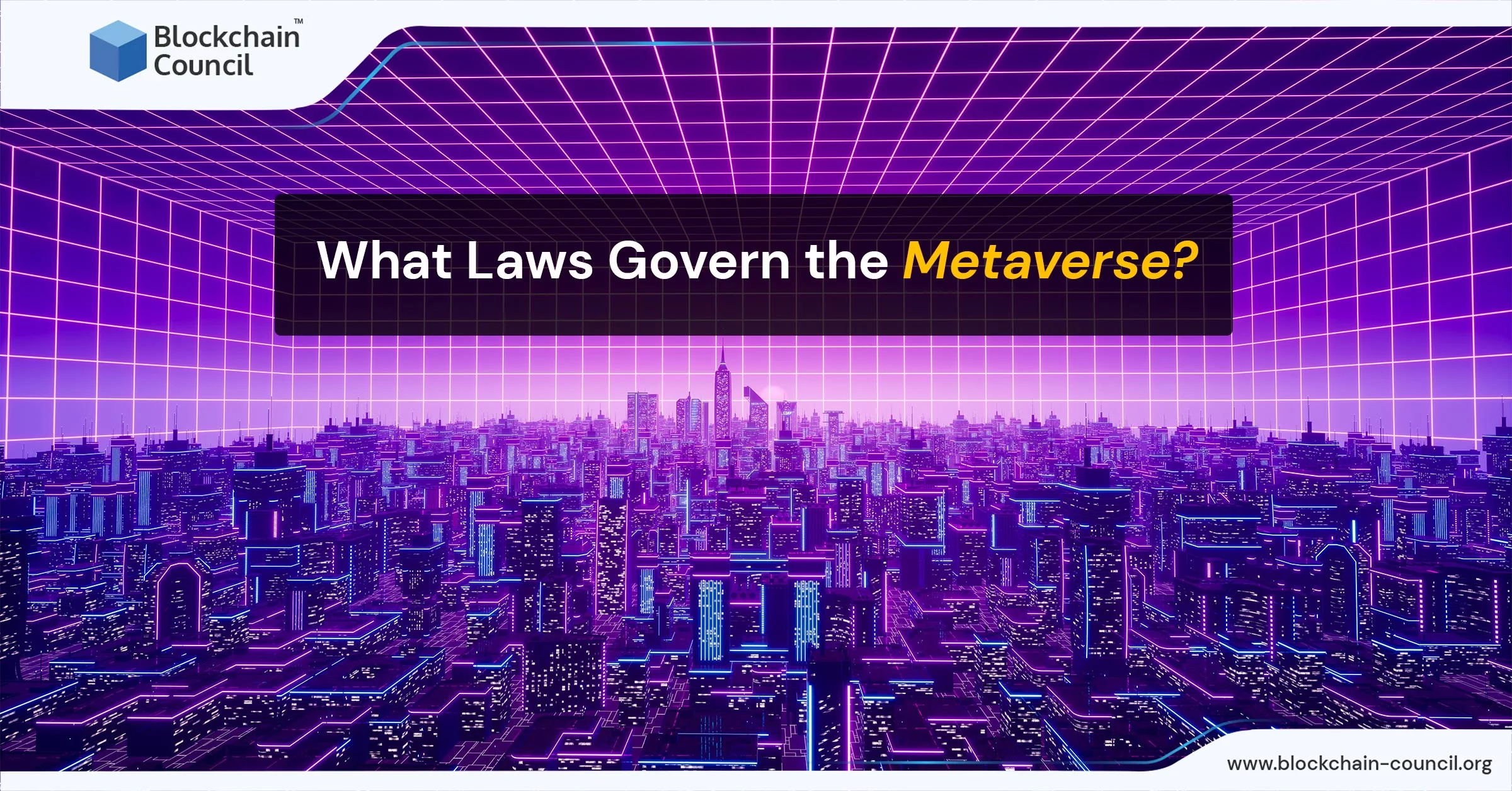
- Blockchain Council
- September 12, 2022
The Metaverse is a blockchain-based decentralized virtual world. This means it is not governed by a centralized authority and is maintained by a global network of computers. As a result, Metaverse technology has no censoring to make the user experience convenient. In addition, governments would not be able to affect this technology.
Experts assume that Metaverse development will remain in the nascent stage for longer. However, Metaverse has the potential to become a powerful platform for online trade and gaming. The user-friendly interface of the metaverse makes it one of the primary technologies required for gaming and e-commerce platforms. As a result, if you are interested in creating or learning the Metaverse Web 3.0 application development process with the Unity tool, this article provides an easy-to-follow tutorial.
Unity is a flexible tool that allows for extensive customization in creating apps and games. It offers graphical elements, asset stores, and features that help developers make the futuristic metaverse atmosphere and apps. Most software developers aim to develop a dApp with the Unity tool.
About Unity
Unity makes it simple to create an avatar and a 3D world for a Metaverse decentralized application. Use the MedievalSharp-Regular SDF to create a sample Metaverse decentralized application for the 3D of a medieval library and an avatar, medieval outfits, and donning armor.
The Unity interface is quite interesting. You will require a certain amount of Metaverse Training to work with it. To create a dApp, the following will be used:
- ‘Scene’ window: a visual window that allows you to see what you’re working on.
- ‘Hierarchy’ window: displays all GameObjects for the current Scene.
- The ‘Project’ panel contains a few scripts, parties, and Fonts files.
Step 1: Create a 3D World
On the project panel, select ‘Scenes’ from the ‘Assets’ menu. Then select ‘Create’ and ‘Scene’ and give them a proper name.
Then return to the project panel and select the ‘Assets’ option. Then click the ‘Third-party’ button. All of the free assets are included in the ‘Third-party’ option.
From the folder named ‘Third-Party’, choose the ‘Rooms’ option. Afterward, move your cursor to the scene asset. The 3D world will then appear in the Scene window.
Now, tap the ‘Hierarchy’ window if you want to add any object in the metaverse. Click on ‘GameObject,’ then ‘Create Empty,’ and give it a proper name.
To create the file storing your game objects, go to ‘Assets’ and then ‘Prefabs.’
Click on ‘Assets,’ then ‘Scenes,’ and finally ‘Scene A.’ Then, go to Prefab and select your game objects. Now, your game object is connected to the medical library scene, and the ‘Scene’ window will reflect this.
Remember, this is just a guide on how to create your dApp. If you want to become a Metaverse expert, try joining a few Metaverse courses.
Step 2: Make an Avatar
Go to the bottom of the project panel and select ‘Assets,’ then select ‘Third Party’ and ‘Starter Assets.’ Look for ‘Nested Parent mature’ and then choose the PreFab. Later, you’ll notice a character in the medieval room. This character will be visible on your screen. It will have the appearance of a robot.
Another step you need to follow includes naming the robot. It can be done by dragging the tag inside your hierarchy window. If you don’t want your Avatar to fall but walk freely, we suggest you make a mesh collider.
Now use the play and movement keys to examine your character’s movements. The character’s 3D model can be customized.
Now, right-click on the name of the character you’ve made in the hierarchy window and change it. Choose ‘Unpack Completely’ to uncover your character prefab.
If you want to change your character’s model, go to the ‘Project’ panel and select ‘Assets’. Then ‘Third Party,’ then ‘Cartoon Heroes,’ then ‘Characters,’ then ‘Male,’ and finally ‘Male C.’ You can select your preferred model from this menu.
You can customize your model by selecting ‘Play Amature’ and changing its name, size, etc.
Step 3: Add the Web3 login wallet with QR code support
Select a Web3 platform named backend platform and go to GitHub to download multiple metaverse SDKs. Return to Unity and drag and drop the Web 3 API SDKs you downloaded. Drop the SDKs to see the Web3 API SDK folder, which will be available on the Unity tool interface. As a result, it gives access to a number of tools based on the SDKs of your Web3 backend platform.
The next step is to set up your Wallet Connect. Presume that the SDKs are supporting a Metaverse wallet. It is referred to as the Wallet Connect for this sample dApp. Drag and drop the Wallet Connect to the ‘Hierarchy’ box from the Metaverse SDK you’ve previously downloaded.
Then, create the server by logging into the web3 backend platform. Give your server a name and specify the region and Metaverse blockchain platform you intend to use. After that, you need to connect your desired dApp and the blockchain. Then, select the nodes based on the server’s requirements.
After that, incorporate the Metaverse wallet login. Now the URL address and RPC Node should be copied and pasted. Then, connect your ‘Wallet Connect’ by removing it from the tab named ‘Hierarchy’.
Finally, right-click ‘Create UI Canvas’ in the Unity workspace to put the OQ code into action. Then click the ‘Create an Image’ after you tap on the ‘Create the panel’ button. You can observe a white image on the Unity window. Modify the scale and color to your liking. Now, move your cursor to the ‘Inspector’ tab. Tap the ‘Add Component’ option. Add ‘Wallet Connect OR Image’ from this option.
Every time a user attempts to log in, this component will generate an OR code at random. Scan it with your crypto wallet to gain access to the Metaverse app.
Conclusion
Unity developers use real-time 3D modeling, ingenious creativity, along with blockchain expertise in order to build highly lucrative spaces. They concentrate on creating a future-proof metaverse blockchain by incorporating a range such as cross-chain interoperability, which allows your Metaverse to be independent of a single chain.
Sounds intriguing, right? You can learn about Metaverse by contacting Blockchain Council, as they specialize in Metaverse and its components. Become a Metaverse expert by connecting with us in just a few days!





































































 Guides
Guides News
News Blockchain
Blockchain Cryptocurrency
& Digital Assets
Cryptocurrency
& Digital Assets Web3
Web3 Metaverse & NFTs
Metaverse & NFTs
